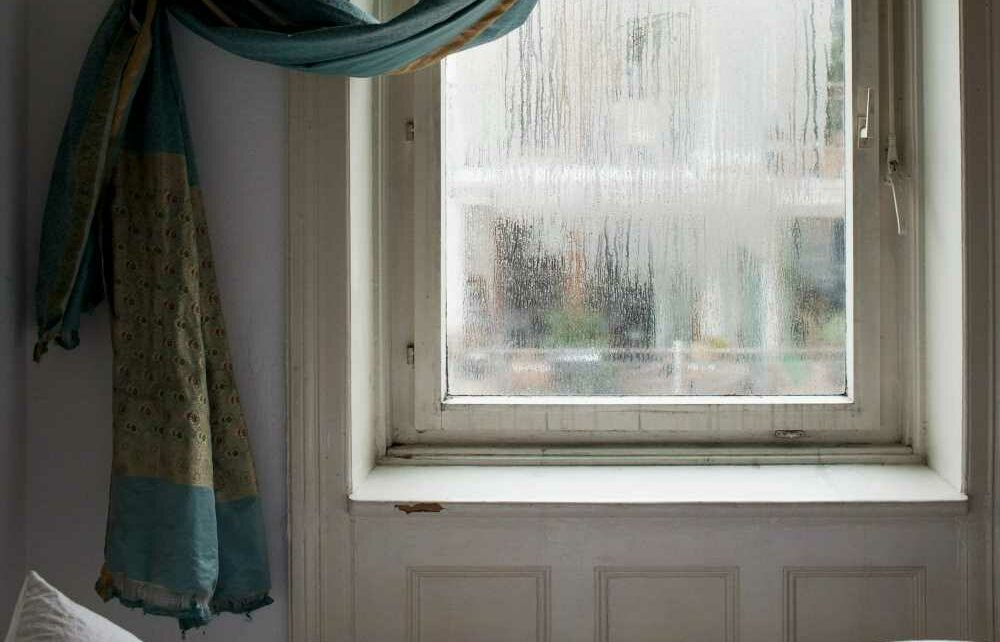MOULD is a toxic fungus caused by excess moisture in the home – and it becomes more dangerous when temperatures drop in the winter.
Condensation is the leading cause of mould in homes across the UK and can cause a whole heap of health problems in the long run if left untreated.

Water droplets form when moist air makes contact with cold surfaces, such as windows, walls and mirrors – and these damp conditions are what allow mould to grow.
Mould is unfavourable in any part of the home, but can be particularly troublesome in the bedroom if it finds its way into your mattress.
It can thrive on practically any surface and produces substances that can cause an allergic reaction, irritants and toxic substances.
Luckily, there’s a morning ritual you can follow to ensure your bedroom is a mould-free zone, according to Metro.
read more on homes
 HOT TOPIC
HOT TOPIC
I’m a hacks pro – how to make your home twice as warm without spending anything
 IT'S ALL DRY
IT'S ALL DRY
10 Best dehumidifiers 2023 UK – we tried and tested the top models
The first thing you should do when waking up is opening your bedroom window to let fresh air in.
Then, pull back your bed covers for a while and give the moisture generated between the sheets time to escape.
Sweat and moisture build up under the covers while we’re asleep, and not airing your sheets out will allow droplets to fester and potentially turn into mould.
Mould thrives in damp and humid conditions.
Most read in Fabulous
 SKIN GLOW
SKIN GLOW
I make ‘natural Botox’ with a 99p Morrisons buy – now I’ve got no wrinkles
 WATER BARGAIN!
WATER BARGAIN!
The £20 Amazon bargain that people are swearing by to tackle condensation
 DREAM DISCOUNT
DREAM DISCOUNT
Forget the Primark PJs – I found some in Sainsbury’s that are cheaper
 FESTIVE FALLOUT
FESTIVE FALLOUT
Noel Radford puts his foot down as mum-of-22 Sue eyes up a £800 Xmas buy
If you have damp and mould in your home, you're more likely to have respiratory problems and infections, allergies and asthma.
Inhaling or touching mould spores may cause an allergic reaction, such as sneezing, a runny nose, red eyes and skin rash.
“If you have mould or damp it's important to find out why you have excess moisture in your home,” the NHS advises.
“When you know what's causing the damp, you can make sure your home is repaired or take steps to limit the moisture in the air.
“You may need to get a professional to remove mould for you, but if it's only a small amount you may be able to remove it yourself.”
There are also home improvement grants and services available which may help with the cost of getting rid of damp and mould.
It’s worth contacting your local council or Citizens Advice to find out more about what help is available to you.
Source: Read Full Article
